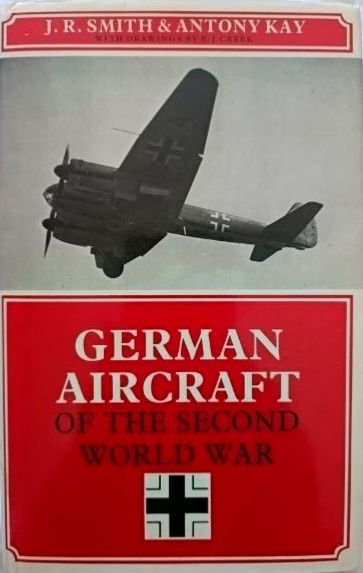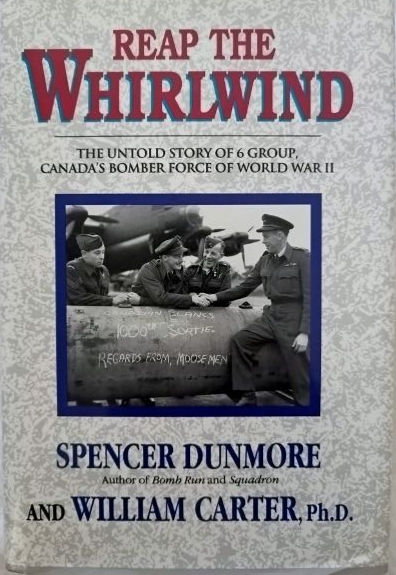Air Power Development Centre #27: The Strategy Of Deterrence and Air Power (2008) By Sanu Kainikara
The idea of conventional military deterrence as an effective pillar of national security is a contested one. However, a simple calculus might read thus: the perception of the one to be deterred that the situation is not already so threatened that the status quo is unacceptable; both sides are rational actors; survival is important; the one deterring effectively understands the one to be deterred, has correctly judged military power to be an effective tool, and has transparently postured and weighted it against things that are valued; the one to be deterred perceives the deterrer’s capability, and the will to use it, as credible; the one to be deterred judges the cost of acting against the deterrer to be too high; and therefore, deterrence is achieved. If all of this is true, then conventional military deterrence is a viable strategy, or at least an important part of one, to secure a state. But the world is not so simple, and effective deterrence relies on understanding and addressing nuance. As well, military power is but one tool available to a state and, dependent on circumstance, not always the best choice. What then is the contribution of air power as part of a conventional military deterrent posture in today’s world? This paper takes a frank look at the issue.
- Soft Cover
- 30 Pages
- In Fair to Good Condition































